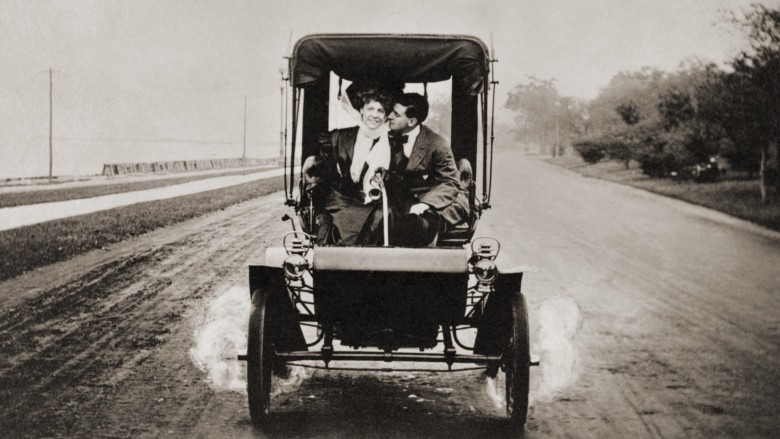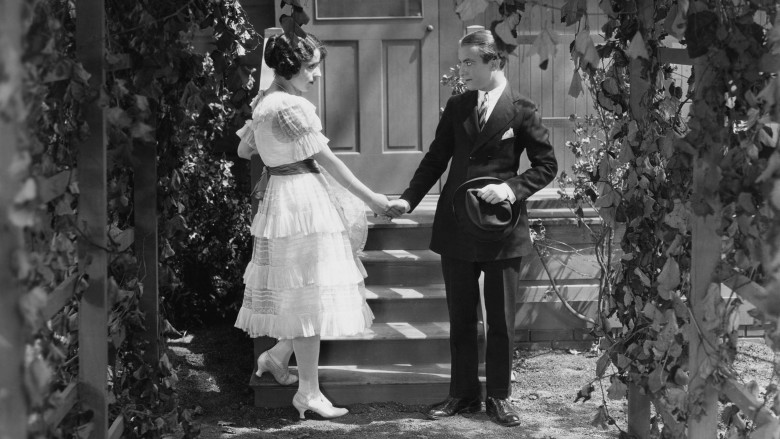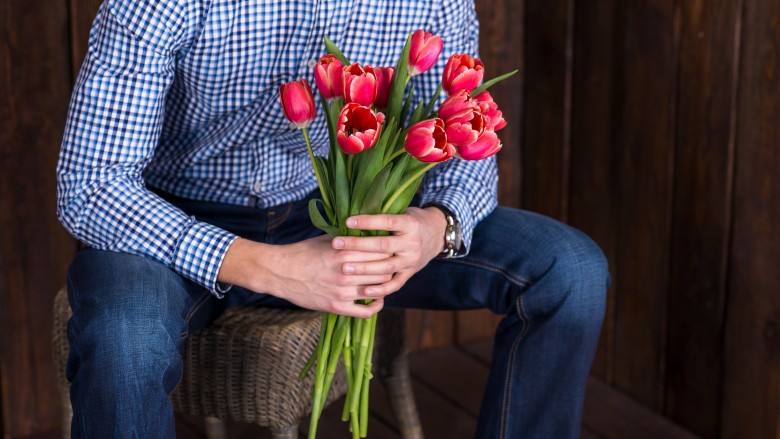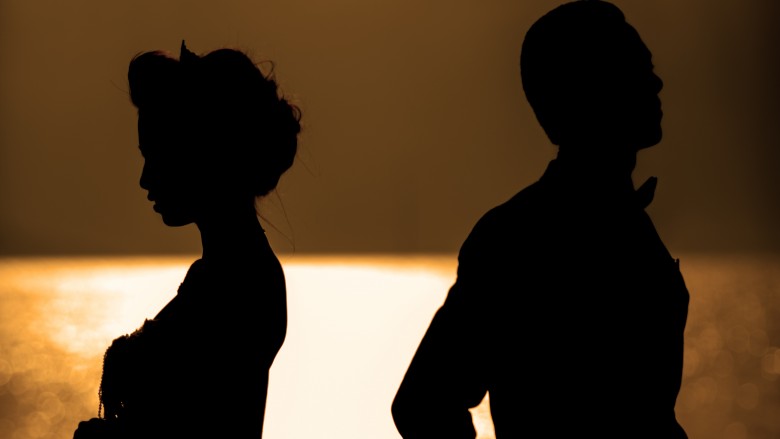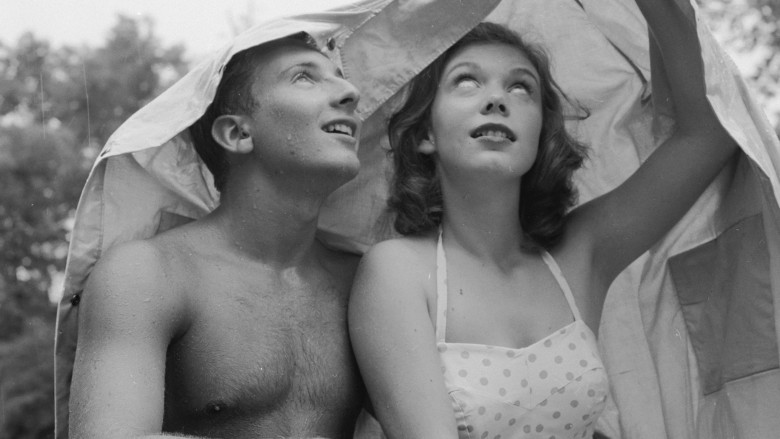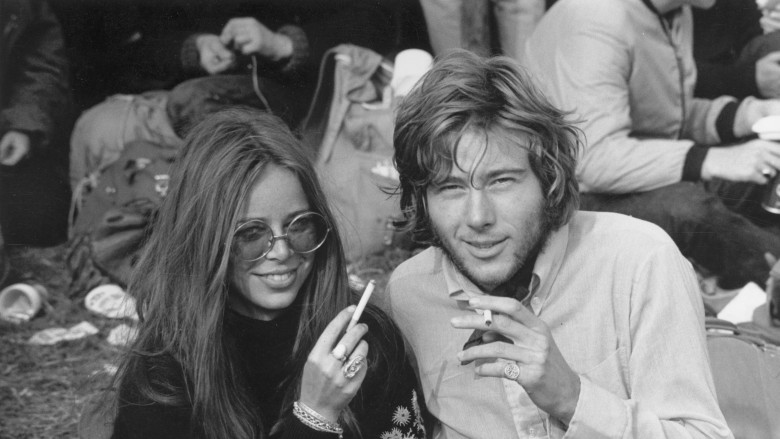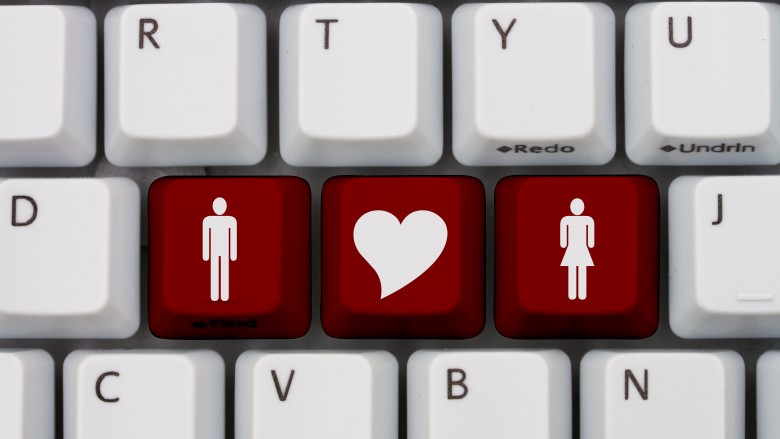How Dating Has Changed Over The Last 100 Years
Some people look back fondly on dating, generations ago, with romantic ideas of greater morality and better values. Others think that with all of the online apps and matchmaking websites we have today, it's never been easier to play the field.
But each era of dating in the past century was not without its pros, its cons, and its own set of unspoken rules. From the turn of the 20th century, to the present day, romantic relationships have been an evolving part of culture, just like everything else.
Dating becomes a thing
The concept of dating really began at the turn of the 20th century. Prior to the late early 1900s, courtship was a much more private, unemotional affair. Women would meet with several men, with her parents present, to whittle the pickings down to the most suitable match for marriage, which heavily relied on factors such as financial and social status. When a young woman decided on a man she wanted to see exclusively, their activities as a couple took place either in the household, or at social gatherings. At that time, there was no such thing as just two young lovers "going out on a date."
However, this began to change in the early years of the 20th century, when couples began to go out together in public and unsupervised. Still, the ultimate and very apparent goal was still that of marriage. This stands in stark contrast to today's dating world, when the topic of marriage may not be brought up for several years.
The gentleman caller
The first decade of the 20th century was marked by the figure of the gentleman caller. If a young man was interested in a young woman, he would follow the proper protocol of calling upon her, which meant that he would come to the family's home and (hopefully) be welcomed into their parlor. If he was invited back for subsequent visits, he would be free to come and call upon the young woman during hours specified by her parents.
As the years rolled on into the 1920s, however, this system quickly became outdated and unfavorable. Author Beth L. Bailey writes in her book From Front Porch to Back Seat: Courtship in Twentieth Century America, "Dating had almost completely replaced the old system of calling by the mid-1920s — and, in so doing, had transformed American courtship." This was a period of time when couples started going out on dates, which also meant they started paying for dates. This changed the relationship dynamic between a young man and a young woman, as now it was the man's duty to pay for the date, whereas before it was the woman who decided the terms of the visit.
Courtship vs. dating
The fundamental difference between courtship and dating is that of freedom. While traditional courtship had its own set of rules and rituals, dating, as it evolved, became less structured. Courtship was seen as a fundamental part of a well-functioning society. When people started dating, relationships became less restricted and more personal.
So what instigated this cultural shift? In Jodi O'Brien's book, Encyclopedia of Gender and Society, Volume I, she writes, "Different institutions were becoming more prominent in the lives of young men and women, such as school, college, and workplaces, which exposed them to a large pool of potential dating partners. As a result, the purpose of dating was primarily to have fun, not to find a marriage partner. However, couples would form after several dates if they were interested in having more exclusive relationships." This starts to resemble what we would now conceive of as modern dating, and the ritual of courtship was left in the dust.
A proper match vs. falling in love
With the introduction of dating also came the focus on falling in love, rather than finding a society-approved match. In previous years, love was not seen as being of central importance to a marriage, and if it was to come it would emerge after the wedding had already occurred. But with the introduction of dating came an increased desire for romance and love before deciding to commit to marriage.
This concept, explained in depth in The Oxford Companion to United States History, goes, "By the early nineteenth century, couples began to consider romantic love prerequisite for marriage and based their unions on companionship. The era's fiction frequently drew on love themes, while articles, essays, and public orations stressed mutual respect, reciprocity, and romance as ingredients of good marriages. Young courting couples chose their own partners, and their letters focused on romance rather than on the practical matters that had dominated the correspondence of earlier generations." The desire to climb the social ladder or to secure one's place in society fell by the wayside, and the desire to find a favorable longterm partner took its place.
Going steady
In the 1950s, "going steady" was the term for being in an exclusive relationship. This status was about the relationship, sure, but it was also about standing out amongst your peers. According to the University of California, Santa Barbara, "Across university campuses, couples publicized their decision to 'go steady' when the man gave the woman an article of his clothing to wear, such as a jacket, sweater, or ring." Dating had become much more about youth culture than about family expectations.
The way in which two people experienced sexuality when dating also shifted. In the earlier part of the 20th century, sex and sexuality were not openly discussed. As author Jodi O'Brien put it, "Sex was desexualized" and reserved for marriage, when the couple had entered into a spiritual union with God. As dating gradually became more about personal pleasure throughout the decades, the expression of sexuality became much more commonplace.
According to the Oxford Companion to United States History, "The terms 'necking' and 'petting' — the former referring to kisses and caresses above the neck, the latter to the same below it — entered public discussion, giving names to previously unspoken private activities." Now when we think of the '50s, we tend to think of a period of purity and the Stepford Wife ideal, but in actuality, it was a time of sexual change that ended up resulting in a dramatic increase in population.
Free love
Between the popularization of rock 'n' roll, and protesting the Vietnam War, 1960s youth culture was hot for revolution. Not only was it the activities of the US government that young people were resisting, but they were shirking old social conventions as well. If the '50s saw young people starting to experiment with sex, the '60s was the resulting explosion of sexual activity in the name of freedom.
For a long time, sex was either not discussed or seen as a kind of enemy — a destroyer of young girl's reputations. But this stopped being the case with the hippie generation. America in the 1960s author Edmund Lindop describes the sexual shift of the period, "For youth of the 1960s, such restrictions were a thing of the past. Many young women took birth control pills to prevent pregnancy. They freely explored their sexual feelings. Sex before marriage was no longer taboo. Young people extolled the benefits of "free love"— that is, making love without marriage or long-term commitments."
There were no rules for dating anymore. Young people did what they wanted, when they wanted, and modern-day "hook up" culture began.
Dating and tech
The next major change in dating started with the introduction of matchmaking services and the internet. But the concept of online dating was being worked out way before the general public even had access to the internet. In 1965, two Harvard students created what is known as "Operation Match" to make dating easier for young people.
The "World Wide Web" officially became available to everyone in 1991, and online dating websites were soon popping up all over the place: Match.com was officially founded in 1995. And it was at the turn of the 21st century that people also began using Craigslist as a way of linking up with other people romantically. Shortly after, sites like OKCupid followed.
Millennial dating
In 2017, you can't turn your head without finding someone who has at least one dating app on their phone: Tinder, Plenty of Fish, and Bumble, to name a few. While some people think this approach to dating really works, others collectively sigh at the thought of the current dating game. So why are so many millennials complaining that dating nowadays is just too frustrating and complicated, when technology was supposed to make it easier?
The individual has become more and more important in today's culture than ever before, and technology has played a big role in that. Just think of the concept of the selfie. This generation is much more focused on themselves than previous generations. Combined with the casual culture of hooking up, one night stands, and friends with benefits, actually finding someone to seriously date can be difficult. Millennials simply have so many options that "going steady" can be a hard pitch to sell.
Is dating getting worse or better?
There is a case for both sides of this argument. Nowadays, we have more freedom to choose how we live our lives. We make up our own rules (or lack thereof) and are allowed so many options in how we wish to interact with romantic partners.
However, this is exactly what makes dating in 2017 so difficult. What does the other person want? Are they looking for something real or are they just trying to have fun? Are there any mind games going on here? Today's dating world is certainly a maze, but that doesn't mean that love doesn't still happen. Whether you meet on Tinder, or you meet at a bar, you can end up finding "the one."

